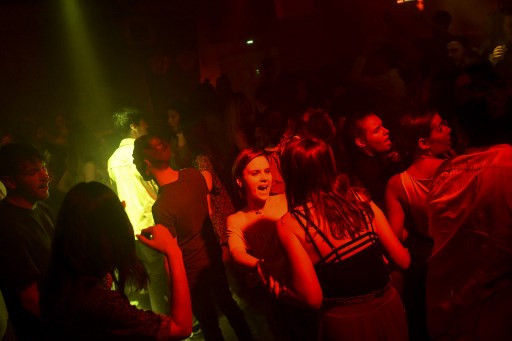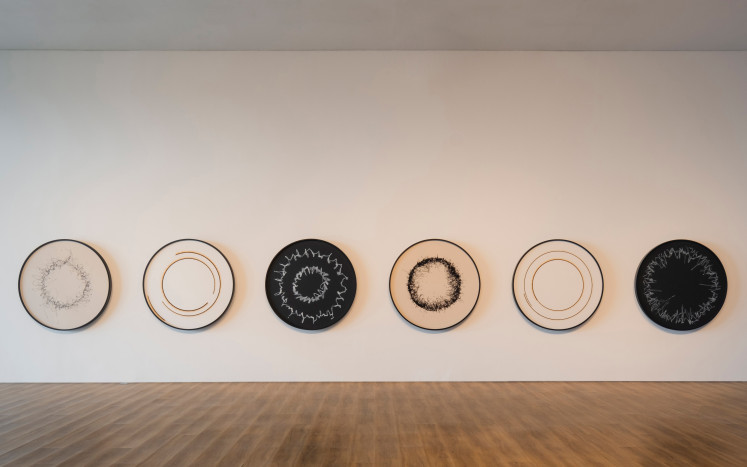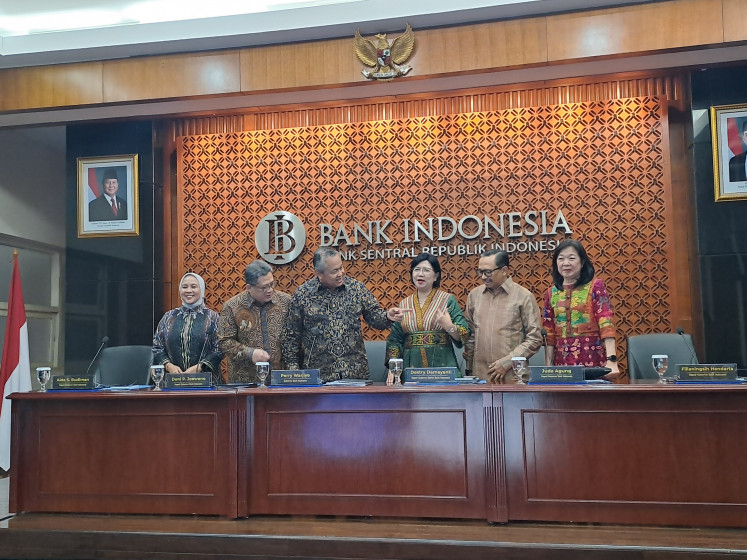Popular Reads
Top Results
Can't find what you're looking for?
View all search resultsPopular Reads
Top Results
Can't find what you're looking for?
View all search resultsScience confirms: to light up the dance floor, turn up the bass
Researchers have taken a closer look at the relationship between bass frequencies and dancing, thanks to an experiment conducted during a real-life electronic music concert.
Change text size
Gift Premium Articles
to Anyone
 People dance in a nightclub in Saint-Jean-de-Monts, western France, on early July 10, 2021. Nightlife fans across France can once again crowd into clubs starting July 9, 2021, though officials warned they would remain vigilant against any surge in Covid-19 cases in coming days as the more contagious Delta variant of the virus looks set to become the dominant strain in France as soon as this weekend.
(AFP /Sebastien Salom-Gomis)
People dance in a nightclub in Saint-Jean-de-Monts, western France, on early July 10, 2021. Nightlife fans across France can once again crowd into clubs starting July 9, 2021, though officials warned they would remain vigilant against any surge in Covid-19 cases in coming days as the more contagious Delta variant of the virus looks set to become the dominant strain in France as soon as this weekend.
(AFP /Sebastien Salom-Gomis)
E
lectronic music lovers know the drill: as soon as the DJ turns up the bass, the crowd goes wild and dances with heightened enthusiasm. But to what extent is this a conscious reaction?
Researchers have taken a closer look at the relationship between bass frequencies and dancing, thanks to an experiment conducted during a real-life electronic music concert.
The results, published Monday in the journal Current Biology, showed that participants danced almost 12 percent more when researchers introduced a very low frequency bass -- one that dancers could not hear.
"They couldn't tell when those changes happened, but it was driving their movements," neuroscientist David Cameron of McMaster University, who led the study, told AFP.
The results confirm the special relationship between bass and dance, which has never been scientifically proven.
The pulse of the music
Cameron, a trained drummer, notes that people attending electronic music concerts "love when they can feel the bass so strong" and tend to turn it up very loud.


















